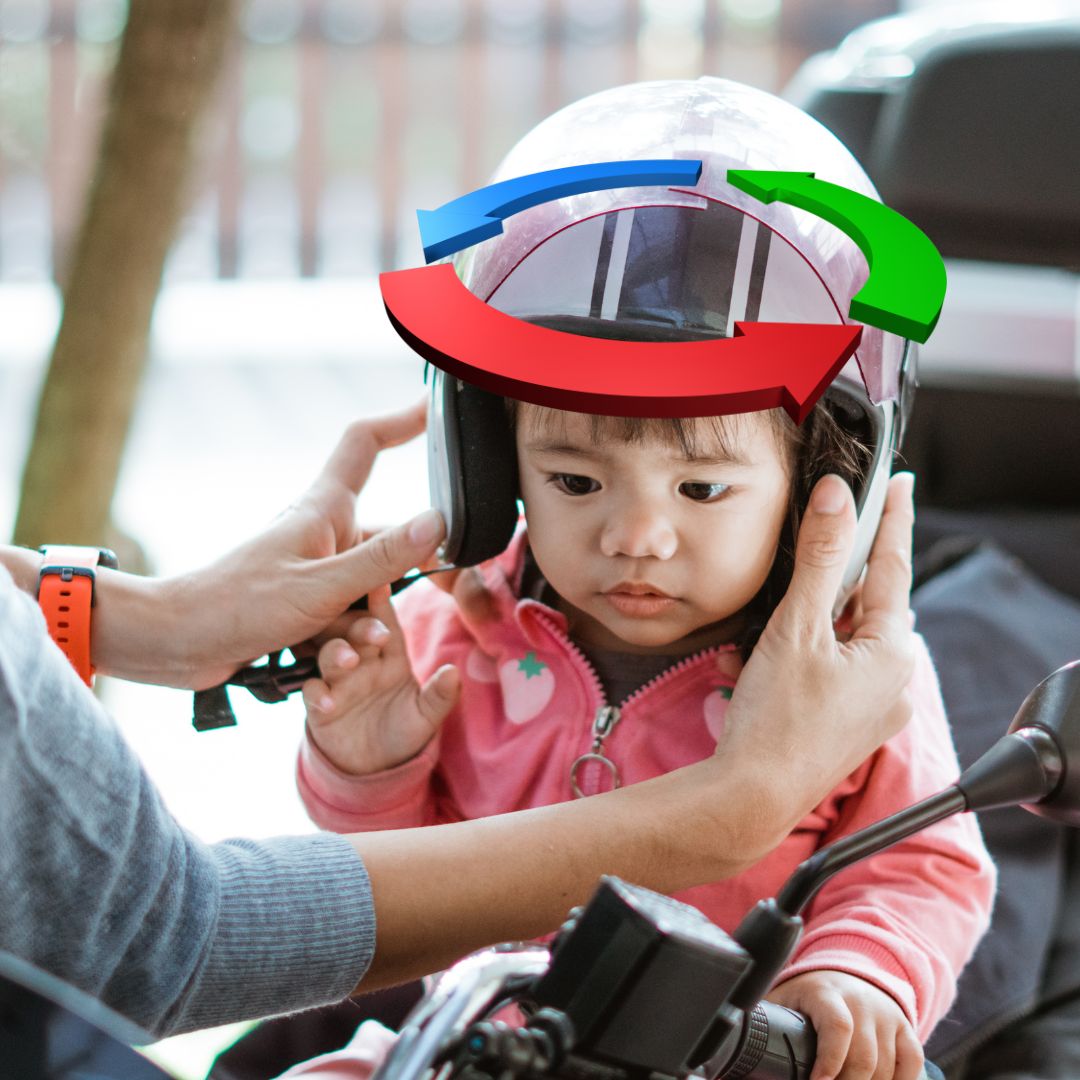Last updated: 9.4.25
Wondering why your go-kart isn’t performing at its best—despite a finely tuned engine? The culprit might not be under the bonnet, but rather under your kart: tyre pressure.

Getting your tyre pressure right could be the difference between winning the race or watching from behind. Let’s break it down.
Quick Answer: What's the Ideal Go-Kart Tyre Pressure?
The sweet spot for go-kart tyre pressure lies between 8 to 15 PSI (0.55 – 1.03 bars). The exact number depends on the track surface, temperature, and tyre compound. Always check your manufacturer’s recommendations and experiment to fine-tune your performance.
| Condition | Recommended PSI | Performance Impact |
|---|---|---|
| Cold Weather | 12–15 PSI | Generates heat, stabilises grip |
| Hot Weather | 8–11 PSI | Avoids over-inflation from heat |
| Slick Track Surface | 10–12 PSI | Balances grip and control |
| High-Speed Track | 13–15 PSI | Boosts top-end speed, reduces rolling resistance |
If you’re using a kids’ electric go-kart, keep in mind that pressure settings may vary.
What is Tyre Pressure?
Tyre pressure refers to the amount of air inside your tyres, typically measured in PSI or bars. It directly impacts handling, speed, safety, and tyre longevity.
Related: Go Kart Tyre Durability: How Long Can You Expect Them to Last?
Why Tyre Pressure Matters
Too much pressure? You lose grip but gain speed. Too little? More grip but at the cost of overheating and faster wear. The goal is to find a balance.
It even affects kart stability and comfort, which is crucial if you’re wondering “Will I fit in a go-kart?”
Related: Why Go-Karting Feels So Exhausting
Finding Your Optimal Pressure
Though 8–15 PSI is the general rule, your ideal number depends on:
- Track conditions
- Weather
- Driving style
- Tyre compound
Also, the cost of the kart often reflects the tyre quality and performance, which may affect your pressure range.
Manufacturer Benchmarks
For example, MG’s SH (Red) compound tyres recommend 12–15 PSI cold and 14–18 PSI hot. Always check the specs before hitting the track.
Browse RiiRoo's Go-Karts Collection for models of every size and age group.
Tyre Pressure vs. Weather
Temperature affects pressure. Cold conditions may require higher starting PSI to generate heat, while hot days need a lower cold pressure due to natural expansion.
Tyre Pressure Tools & Maintenance
Invest in a Quality Tyre Gauge
Analogue gauges are durable, while digital ones offer precision. Either way, it’s a must-have in your toolkit.
Thinking go-karting is pricey? Don’t forget to factor in maintenance gear like this.
How to Adjust Tyre Pressure
- Ensure tyres are cold before measuring.
- Use your gauge to check PSI.
- Deflate slightly if too high, or add air if too low.
- Recheck after a test run—pressure may rise.
Tip: Never overinflate—doing so risks a blowout.
Routine Pressure Checks
Always inspect tyre pressure before each session. Also, adjust based on weather and watch for uneven wear—it can signal the need for PSI tweaks.
In Summary
Perfecting your tyre pressure is a blend of science and feel. With the right gauge, a bit of trial-and-error, and a good grasp of your kart’s behaviour—you’ll find your winning setup.
FAQs
How does tyre pressure affect handling and speed?
Higher pressure = less grip, more speed. Lower pressure = more grip, more wear.
What variables influence optimal tyre pressure?
Track surface, tyre compound, temperature, and your own driving style.
How often should tyre pressure be checked?
Before every session. Weather and track changes can impact PSI, so stay vigilant.






Share:
Why Won't My Quad Start With Electric Start?
Does Body Weight Matter in Go-Karts? (Updated 2025)